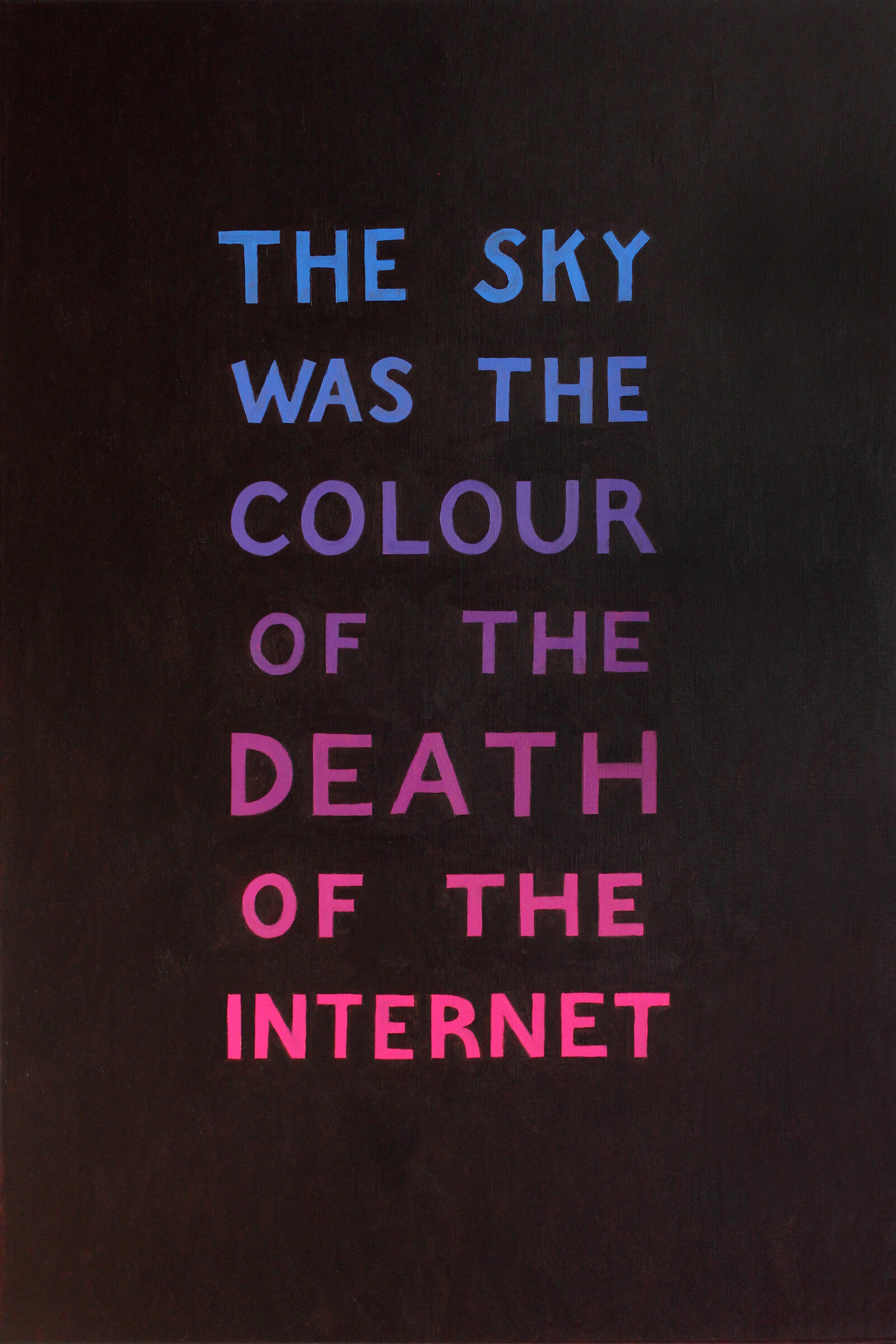Launch of Future Art Ecosystems and Creative AI Lab
creative-ai.org
Twitter / Instagram / #FutureArtEcosystems / #SerpentineR&D / #CreativeAI
The Serpentine is pleased to announce the release of the first issue of Future Art Ecosystems on Art and Advanced Technologies (FAE: AxAT) produced in collaboration with Rival Strategy, and the establishment of the Creative AI Lab in partnership with King’s College. Both initiatives emerge from Serpentine’s commitment over the last seven years to supporting artistic explorations and interrogations of emerging and advanced technologies.
FAE: AxAT was initially due to launch on March 23, 2020—the day when the UK went into lockdown in response to the Covid-19 pandemic. Since then arts organisations have been grappling with a forced migration to the digital realm whilst reorganising their internal daily operations in order to meet the demands of a new reality. These shifts and the uncertain horizon facing arts organisations ahead raise a number of questions, and we hope the first issue of FAE may act as a reference point and an aid in the planning of next steps:
–What can arts organisations learn from artists who are engaging with digital technologies as a medium, particularly when imagining what an exhibition could be without a physical gallery space?
–What systems, organisations and structures are required for new ways of working, storytelling and engaging with audiences to flourish?
–How are new technologies reshaping future experiences with art, and what roles can arts organisations play in shaping the technologies of the future?
Future Art Ecosystems
Future Art Ecosystems (FAE) is intended as an annual strategic briefing for practitioners and organisations. Each issue of FAE provides strategic analysis and recommendations as to where new actors and processes are emerging. Focused on the infrastructures of the “art world,” FAE is concerned less with contemporary art discourse than with what is referred to in the document as the “art industry”—the set of “backstage” processes upon which the art world runs. It is thus an effort to open up these processes to closer scrutiny and to raise critical questions about the art field’s developmental pathways as set out by existing and emerging infrastructures. The mission of FAE is to analyse these developments, and at a time when inherited systems are under necessary scrutiny and require rebuilding, to address specific areas that are ripe for multifaceted transformation.
The first issue of FAE dedicated to Art and Advanced Technologies (AxAT) focuses on the new infrastructures being built around artistic practices engaging with advanced technologies. The view presented here is based on the Serpentine’s experience and desire to share insights from working with artists including Hito Steyerl, James Bridle, Cécile B. Evans, Ian Cheng and Jakob Kudsk Steensen, ongoing conversations across broader networks, and insights derived from a series of interviews conducted with artists including Holly Herndon; Rebecca Allen; Refik Anadol; Ece Tankal and Carmen Aguilar y Wedge of Hyphen-Labs; Takashi Kudo of TeamLab; Julia Kaganskiy, founding director NEW Inc; Kenric McDowell from the Artists + Machine Intelligence programme at Google Research and Rachel Armstrong, Professor of Experimental Architecture, Newcastle University, amongst many others.
Artists working on art and advanced technology (AxAT) projects are always implicitly engaged in technological innovation, albeit with different motivations, approaches and outcomes than those typically associated with this term. The skills and equipment needed for AxAT projects are largely sourced from outside the contemporary art world: from engineering businesses, the scientific research community or certain sub-sectors of entertainment such as video games, the movie industry and theme parks. Culturally speaking, these are all very different spaces from the art world, meaning that they present opportunities for engagement and collaboration, but also the potential for divergence and pronounced dissonance.
Creative AI Lab
Cultural institutions offer a much-needed societal space to critically engage with the infrastructure of advanced/deep machine learning technologies. The Creative AI Lab evolves from the Serpentine’s Digital Commissions programme as a long-term endeavour to surface “back-end” knowledge about artificial intelligence and machine learning through the lense of art-making. In collaboration with the Digital Humanities department at King’s College and an international community of artists and engineers, the lab will commission and collect knowledge and expertise about how the arts can contribute to this emerging field.
The role of principal investigator for the Creative AI Lab is held by Professor Mercedes Bunz, Deputy Head of the Department and Senior Lecturer in Digital Society, and Eva Jäger, Arts Technologies Assistant Curator, Serpentine. Bunz’s research explores how digital technology transforms knowledge and with it, power.
The Lab is supported in part by AHRC (Arts and Humanities Research Council) and institutional partners include New York University’s Digital Theory Lab; Rhizome & New Museum New York. Other research partners and contributors include Trust Berlin, Black Shuck Cooperative, Allison Parish (New York University), Luba Elliott, Julia Kaganskiy, founding Director of NEW Inc, Nora Khan, artist and developer Jules LaPlace, explainable AI researcher Ricardo Savedro, Sam Mercer (The Photographers’ Gallery), Natalie Kane (Victoria & Albert Museum), Daniel Chavez Heras (King’s College London), Leonardo Impett (Hertziana), Alasdair Milne (King’s College London, doctoral candidate appointed by Creative AI Lab).
The Creative AI Lab serves artists, technologists, academics and art institutions in the first instance by developing a common language and practice around new AI technologies such as machine learning. Today the Creative AI Lab launches creative-ai.org—a database for software, research, theory and education at the intersection of art and AI. The database will continue to grow through commissioned contributors.
For more information on the Serpentine’s Arts Technologies programme and R&D Platform, please see here.
FAE issue 1 can be accessed from July 9 at futureartecosystems.org
For more information on the Creative AI Lab, please visit creative-ai.org
This week’s launch is a multipart event across futureartecosystems.org and creative-ai.org—with further materials being distributed through podcasts and online editorial content. Please sign up to receive our newsletter to find out about new events and releases.
Future Art Ecosystems is produced by Ben Vickers, Victoria Ivanova and Sophie Netchaef, Serpentine’s R&D Platform, and strategy studio Rival Strategy.


